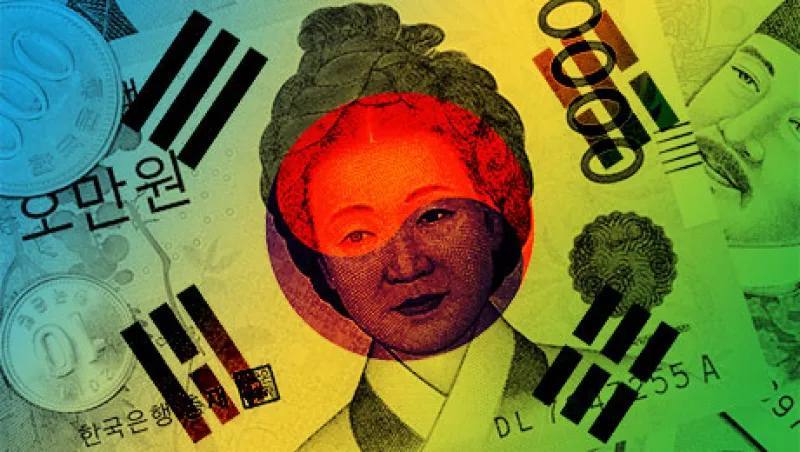Hedge fund managers, take note: If you want to raise money from investors, you might want to look into state pension funds in Korea.
According to a new report from asset management research firm Cerulli Associates, Asian instituions (excluding Japan) are looking to invest more with alternative managers, with Korean state pension funds leading the charge. One, the Korea Teachers Pension Fund, already had put 16 percent of its assets in alternatives through the end of 2015 and plans to increase this to 40 percent over the next three years, Cerulli notes in the report.
Along with Korea Teachers Pension, the National Pension Fund, which manages the equivalent of $493 billion in assets, may be inspiring other Korean plans to follow its push into alternatives, Cerulli says. The NPF’s alternatives and overseas equities investments posted the highest returns in its portfolio in 2016, according to its website.
“Already burdened by their growing liabilities, many state pension funds in the region are taking a blow from slumping returns on their traditional investments and are facing greater pressure to deliver better investment performances,” the report states.
In response to the persistent low-yield environment, the Korean government in August directed state pension funds to raise foreign and alternative investments by two to three percentage points annually. Like the Korea Teachers Pension, Cerulli notes some funds have already planned to increase allocations ahead of the directive. One is the country’s sovereign wealth fund, Korea Investment Corporation, which allocated 12.4 percent to alternatives in 2015 and will target 20 percent by 2020.
The top alternative investment strategies sought by Korean institutional investors are private debt, private equity, and infrastructure assets, according to the report.
In China, the China Investment Corp., its sovereign wealth fund, intends to ramp up its investments in private equity and hedge funds, with an emphasis on doing more direct investing. It may also consider investing in U.S. infrastructure projects and the manufacturing industry, the report said. Meanwhile, Chinese insurers are investing more in alternatives, although they are making those investments in more domestic managers.
In Taiwan, pension fund targets for alternative investments in 2017 were more tepid compared with those of Korea. The Labor Insurance Fund will target 10 percent allocation this year, up marginally from 9.2 percent last year, while the National Pension Insurance Fund is targeting 5 percent in 2017, up from 4.1 percent. The underfunding crisis of Taiwanese pensions is becoming critical, Cerulli said, as it faces an aging demographic much like that of Japan. The funds are expected to increasingly diversify into alternatives as well as and passive investments to reduce costs, the report stated.






